Marie Sklodowska Curie (1867 – 1934) was a Polish-born French scientist, who is one of the most famous women in the field of science. Her work on radioactivity paved the way for future scientific as well as medicinal advancements. Coming from a family of teachers, Marie deeply believed in the importance of a good education. She studied Physics and Mathematics at the Sorbonne University in Paris. Curie is most famous for her work on radioactivity along with her discovery of two radioactive elements, Radium and Polonium. Marie Curie often worked along with her husband, Pierre Curie, who unfortunately died in 1906 in a road accident. Curie is the first woman to have ever won a Nobel Prize and the only person till date to have won it twice in two different disciplines of science. Her contributions are not only limited in the laboratory and not many are aware of the important role she played in the First World War. Know more about her scientific accomplishments of Marie Curie through her 10 major contributions.
#1 ALONG WITH HER HUSBAND, SHE COINED THE TERM RADIOACTIVITY
Radioactivity or radioactive decay, is a property possessed by some elements or isotopes of spontaneously emitting energetic particles by the disintegration of their atomic nuclei. During radioactivity, an unstable nucleus decomposes into a stable configuration by emitting certain particles (such as electrons or alpha particles) or certain forms of electromagnetic energy. Radioactivity is produced by radioactive elements such as uranium, thorium, polonium and radium. Radioactivity was discovered in 1896 by the French scientist Henri Becquerel who found that uranium emitted radiation. Marie Curie and her husband Pierre conducted further research in this area to find electricity conducting elements which showed properties similar to that of uranium. During the course of their research, it was the Curies who first described this phenomenon using the term ‘Radioactivity’, which is based on the Latin word ‘Ray’. Marie and Pierre Curie’s study of radioactivity went on to become an important factor in science and medicine.
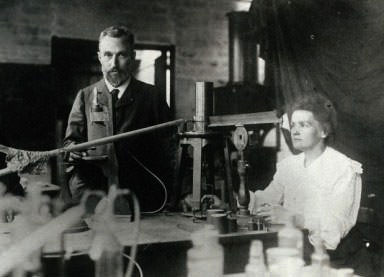
#2 SHE MADE GROUNDBREAKING DISCOVERIES REGARDING URANIUM RAYS
X-Rays were discovered in the year 1895 by William Roentgen. It was found that these rays could penetrate the human skin and capture images of human bones. In the following year, it was discovered by Henry Becquerel, that the rays emitted by uranium could pass through metal, but these rays were not X-rays. Marie Curie decided to study uranium to known more about the rays emitted by it. Her husband had previously invented a device known as the Curie Electrometer which was used to measure electric currents which were extremely low. Marie Curie used this device to study the nature of the rays emitted by uranium and found that uranium in any form; be it wet or dry, solid or pulverized or even pure or in a compounded form; emitted rays which were consistent. She then validated the theory provided by Becquerel that a mineral with a low amount of uranium emitted fewer rays than a mineral with a higher concentration. Further, she discovered that the rays coming from uranium depended on the amount of uranium and not on its chemical form. Thus she theorized correctly that the rays were coming from within uranium atoms and not from a chemical reaction.
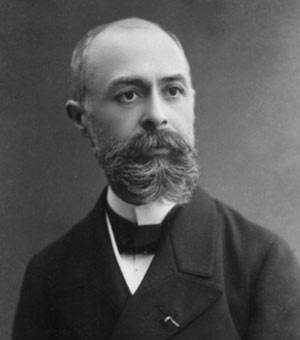
#3 SHE DISCOVERED THE RADIOACTIVE ELEMENT POLONIUM
In 1898, German Scientist Gerhard Carl Schmidt first observed that thorium was also radioactive like uranium. A few weeks later, Marie Curie independently reached the same conclusion but missed the credit for the discovery. While studying the nature of rays emitted by uranium, Marie Curie found that the uranium minerals, pitchblende and torbernite affect the conductivity of air more than pure uranium. Due to this, she correctly theorized that these minerals must be containing other elements which are more radioactive than uranium. Marie Curie, joined by her husband Pierre, decided to find these new radioactive elements which they suspected might be present in pitchblende. Polonium was the first radioactive element which was discovered by them. In July 1898, they published a joint paper announcing its existence. The name ‘Polonium’ was given to the newly discovered element as a tribute to Poland, the native country of Marie Curie. Further, it was was found that polonium was 300 times more radioactive than uranium.
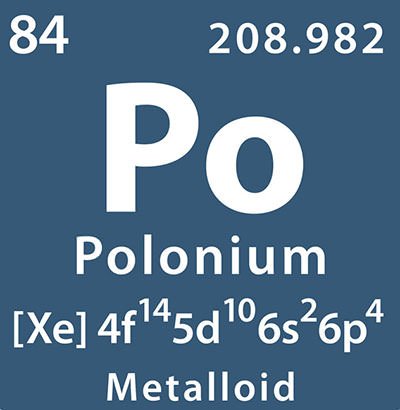
#4 SHE ALSO DISCOVERED THE RADIOACTIVE ELEMENT RADIUM
On December 26, 1898, the Curies announced the existence of a second element, which they named “radium”, from the Latin word for “ray”. While her husband worked on identifying the different physical properties of the new elements they discovered, Marie Curie was more interested in isolating the elements from their mineral form. Pitchblende is a complex mineral and thus this proved to be a very difficult task. In 1902, along with her assistant, Marie Curie was able to successfully isolate a tenth of a gram of pure Radium Chloride from tons of pitchblende mineral. In 1910, four years after her husband’s death in a road accident, she was finally able to isolate pure radium from the pitchblende mineral. She never succeeded in isolating polonium, which has a half-life of only 138 days. The Curies also found that radium was almost a million times more radioactive than uranium. Through further studies, it came to be known that radium is a source of heat and has temperature higher than its surroundings.
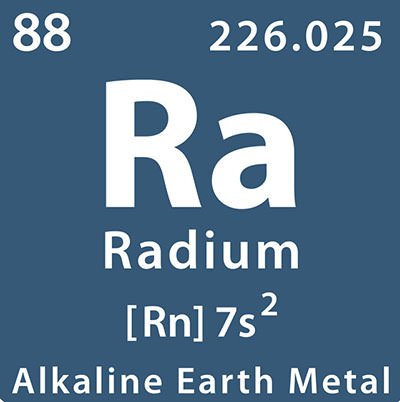
#5 HER WORK PROVED THAT ATOM WAS NOT INDIVISIBLE
During the course of her research on radioactivity, Marie Curie found that the number of rays emitted by uranium were directly proportionate to the amount of uranium, i.e. the number of atoms present in the sample. Through further research, she formulated a hypothesis which explained that the emission of rays from uranium was an atomic property of uranium and a result of the structure of the atom. This discovery was significant as it suggested that the atom was not indivisible, as believed earlier. The theory of radioactive decay proposed by Curie helped in validating the existence of subatomic particles. It was found that by emitting energy and electrons, atoms can undergo changes and lead to the rise of completely new atoms. The discovery of polonium and radium strengthened this theory, as both elements were found to be highly radioactive.
#6 SHE IS THE ONLY PERSON TO WIN THE NOBEL PRIZE IN TWO DIFFERENT SCIENTIFIC FIELDS
Marie Curie is the only person till date who has won two Nobel Prizes in two separate disciplines of science. She was also the first woman to win the prestigious prize as well as the first person to win it twice. In 1903, she won the Nobel Prize in Physics, which she shared with her husband, Pierre Curie, and the French physicist Antoine Henri Becquerel. Marie and Pierre Curie won this prize “in recognition of the extraordinary services they have rendered by their joint researches on the radiation phenomena discovered by Professor Henri Becquerel.” In 1911, Marie Curie was awarded a Nobel Prize in Chemistry for her contribution to the field. She won her second Nobel Prize and the first in Chemistry “in recognition of her services to the advancement of chemistry by the discovery of the elements radium and polonium, by the isolation of radium and the study of the nature and compounds of this remarkable element.”
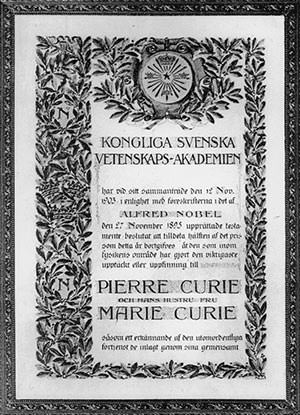
#7 SHE INVENTED MOBILE RADIOLOGY UNITS DURING WW1
Marie Curie played a key role in World War I in terms of healing the wounded. X-Rays were discovered in 1895 by Wilhelm Roentgen, but the X-Ray machines to treat the wounded had a limitation. They were only found in the hospitals, which were far away from the battlefield. Curie recognized that wounded soldiers were best served if operated upon as soon as possible. She thus developed mobile radiology machines which came to be popularly known as Petites Curies (“Little Curies”). To solve the problem of providing electricity, Curie installed a dynamo in the mobile car to generate and provide the required electricity. Curie’s machines made X-Rays possible in any part of the battlefield. Over the course of the First World War, it is estimated that over a million wounded soldiers were treated with Curie’s X-ray units.
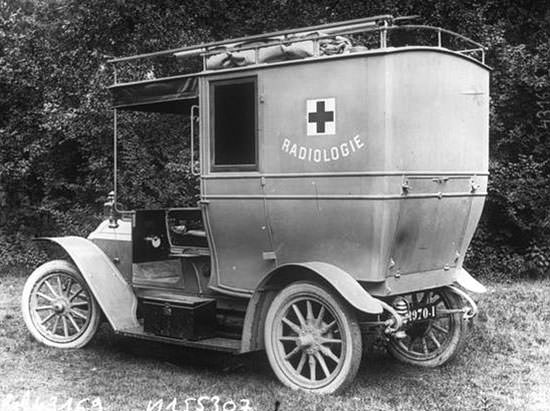
#8 SHE PAVED THE WAY FOR EXTENSIVE USE OF X-RAYS FOR MEDICAL PURPOSES
Apart from inventing mobile radiology units in WW1, Marie Curie also contributed in several other ways. Along with her daughter Irene, she worked in a Casualty Clearing Station and helped in discovering bullets, broken bones and other internal injuries using the X-Ray machines. In the first year of the war itself, she directed the installation of 20 mobile radiology vehicles and another 200 radiology units at field hospitals. She also trained almost 150 women to work as aides in using X-Rays. In 1915, Marie Curie started making hollow needles which contained “radium emanation”. This was a colorless, radioactive gas given off by radium which could be used for sterilizing infected tissue. Later this gas was identified as radon. Curie’s work in the First World War began medical research which led to the use of X-Rays to detect and diagnose diseases in the human body. However, despite her enormous contributions in WW1, Marie Curie never received any formal recognition for her efforts from the French government.
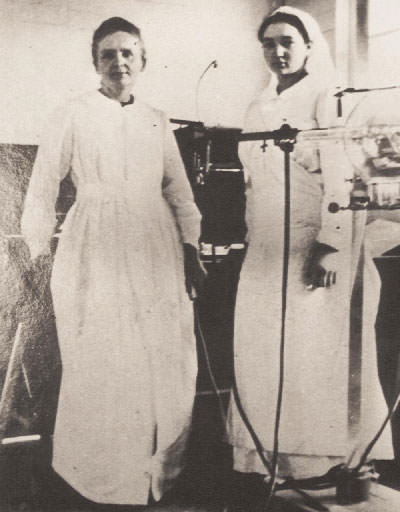
#9 HER WORK ON RADIOACTIVITY PAVED THE WAY FOR POSSIBLE TREATMENTS OF CANCER
The work done by Henri Becquerel and the Curies on radioactivity led to advancement in several disease treatment options as well as paved the way for the research of using radioactivity as a means to cure diseases like cancer through Radiation Therapy. For example, a procedure known as Brachytherapy involves the plantation of a small amount of radioactive material in the tumor. This helps shrink the cancerous cells. Radium, which was discovered by Curie, was first used in this treatment and was placed directly on the tumor tissue. Modern research has led to substantial improvement in the method used in Brachytherapy. The treatment is also used to provide relief to patients with incurable cancer. Based on the discoveries made by Curie, a new technique to cure cancer was discovered recently which involved the insertion of substances which were labeled with radioisotopes into organs of patient to image the tumors. The work and research done by Marie Curie have thus had a great impact on modern-day medicine.
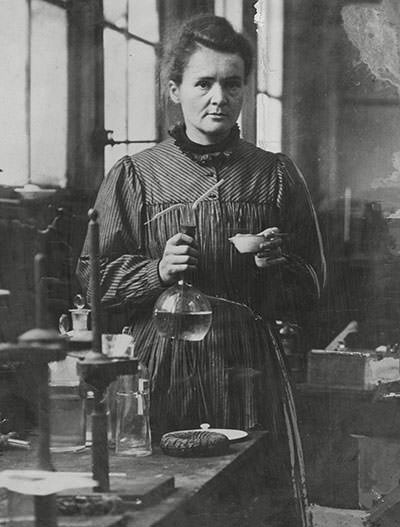
#10 SHE IS ONE OF THE MOST INFLUENTIAL SCIENTISTS IN HISTORY
Along with her husband, Marie Curie received the Davy Medal in 1903 and Matteucci Medal in 1904. She was also awarded Actonian Prize in 1907, Elliott Cresson Medal in 1909 and Franklin Medal of the American Philosophical Society in 1921. The symbol of radioactivity, Curie (Ci), is named in the honor of the Curies. Curium, the element with the atomic number 96, is named after them. Three radioactive minerals are also named after the Curies: curite, sklodowskite and cuprosklodowskite. Marie Curie’s efforts have been monumental in discovering different facets of radioactivity. Her study of radioactivity has played an important part in the invention of atomic bombs and nuclear energy; and in cancer research. Moreover, her work on radioactivity is the backbone of Carbon Dating, a process of measuring the age of the earth, of fossils and of elements. Due to her enormous contributions to the field of science, Marie Curie is widely regarded as one of the most influential people of the 20th century. She is also considered by many as the greatest female scientist in history. In a 2009 poll carried out by New Scientist, she was voted the “most inspirational woman in science”.

